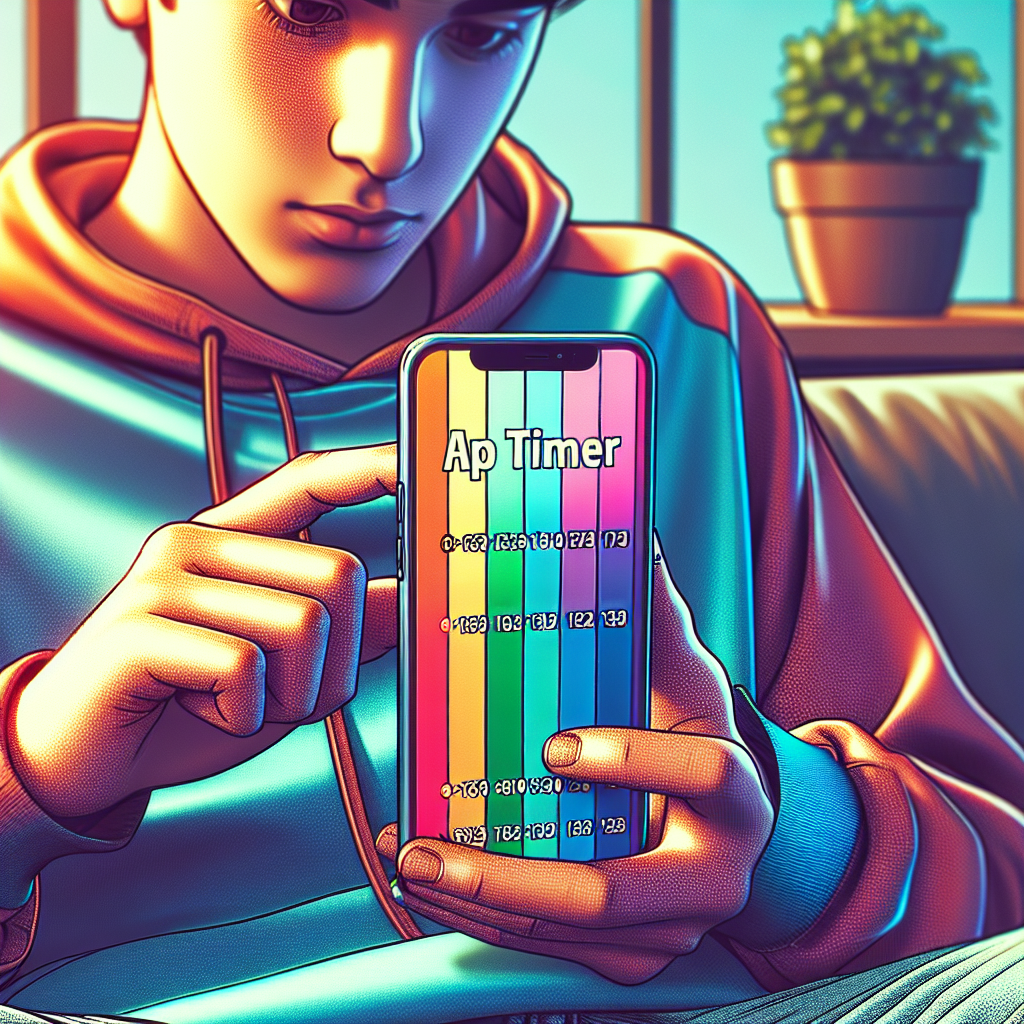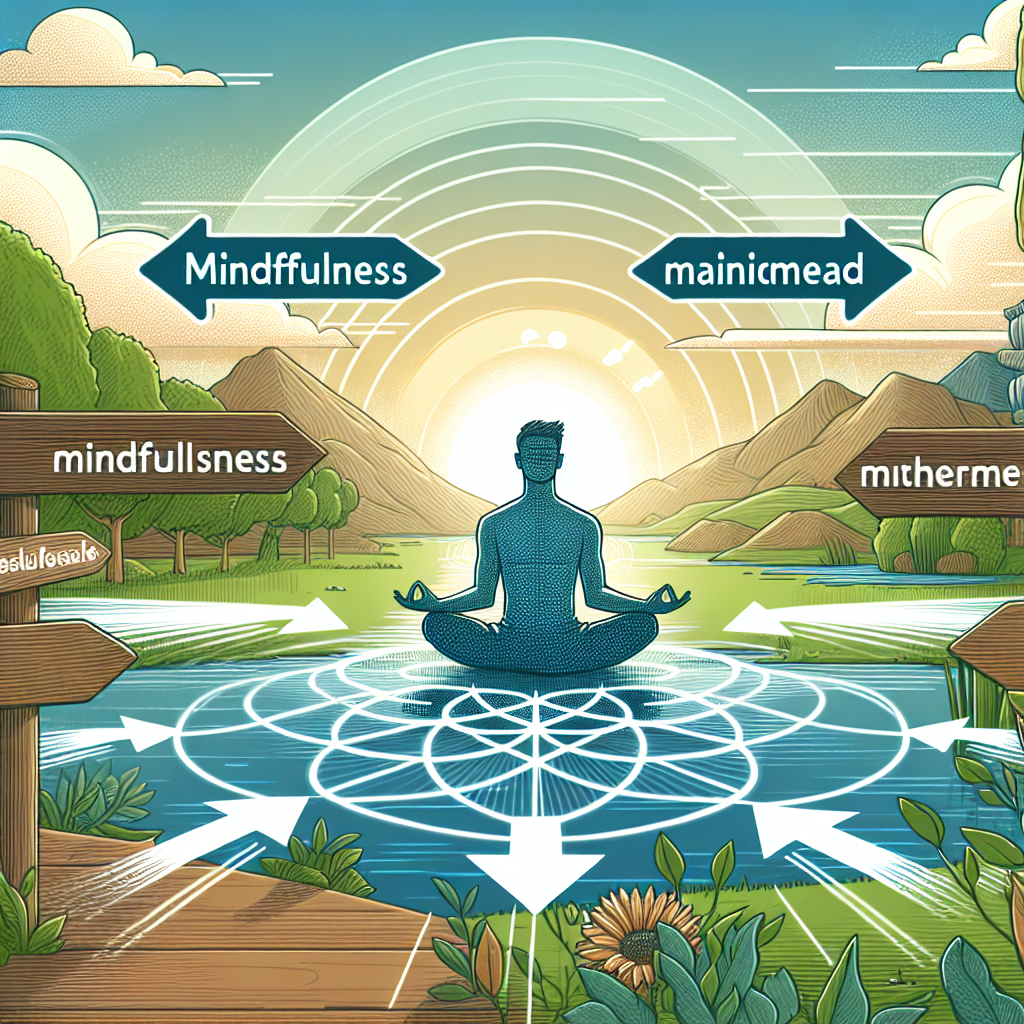Cultural Shift: Making headlines across cyberspace, the increasing popularity of mindfulness practices in our modern world gives rise to a wave of new implications for technology. Where does this surge lead us? The trail of evidence leads to an intriguing narrative that we must unpack.
Trend Overview: Developers globally are incorporating mindfulness design principles into apps, social platforms and virtual reality experiences like never before. Quiet interfaces replacing noisy push notifications, encouraging digital detoxes with app timers – it’s not simply a fad but a significant shift reshaping our technological landscape.
Social Context: As society grapples with information overload and screen-time fatigue, there is an urgent call for healthier digital consumption habits. This demand drives forward the surge of mindful technology development.
Key Influencers: The likes of Headspace Co-founder Andy Puddicombe are leading this charge; his work on infusing mindfulness approaches into app design sets standards for others in tech.
Consumer Response: The adoption rate for these applications tells its own story – users worldwide testify to their positive impact on mental health and productivity levels. A clear sign that people crave balanced relationships with their devices.
Industry Impact: From Google’s Digital Wellbeing guidelines to Apple’s Screen Time toolset, major tech giants are committing to developing mindfully designed technologies redefining user interaction models.Cultural Significance:This trend signifies civilization’s evolving relationship with technology – a dance between connectivity and solitude, productivity and rest. It’s altering the way we perceive and interact with our digital tools.

Future Projections: Future tech models will likely proliferate this ethos. We can anticipate more streamlined interfaces, VR-based meditation rooms, or even AI-driven personal wellness consultants to become commonplace.
Expert Opinions:A myriad of experts are lauding this change – neuroscientists applaud its positive effects on brain health; psychologists appreciate its role in mitigating digital anxieties; sociologists remark how it’s shifting societal norms around tech use.
Personal Stories: Consider Sarah, a software engineer who reduced her screen time by 30% using mindful apps leading to improved sleep patterns. Or Mark, an entrepreneur leveraging mindfulness VR programs for better team building at his startup. These stories are many–moving testimonials proving the profound impact of this trend.
Getting Involved:If you feel compelled by this unfolding narrative, get involved. Start by mindfully assessing your own tech habits; explore these new platforms and embrace healthier digital interactions.




